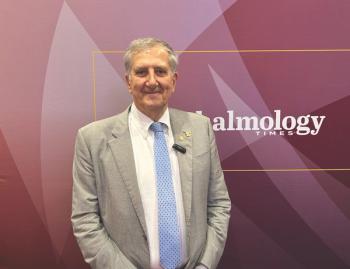
Introducing SL-OCT
As described by Huang et al. more than a decade ago, optical coherence tomography (OCT) is a non-contact, non-destructive imaging modality that acquires depth-resolved two- and three-dimensional images of biological tissue.
Today, OCT is fast becoming a necessity in most ophthalmology surgery practices, with its popularity soaring, particularly in the field of refractive surgery. Since its introduction in 1991, companies have been fine-tuning their imaging technologies to offer surgeons a tool that can be integrated easily into their everyday practice and become an indispensable component of their routine surgery.
Compared with ultrasound technology, OCT has several distinct advantages, such as higher resolution and non-contact imaging. Despite the problems that users encounter with some other currently available optical diagnostic instruments relating to optical artefacts and distortions from oblique illumination and scanning, which require complicated mathematical corrections, SL-OCT images are produced perpendicularly to the eye with virtually no distortions, thus enabling retrieval of more valid data.
In my opinion, SL-OCT can improve all the clinical situations in which a precise cross-sectional image of the anterior segment of the eye is required. Furthermore, SL-OCT allows storage of digital images and an objective quantification of various anterior segment parameters. The current, most important, clinical applications for the instrument are refractive surgery and glaucoma screening.
Newsletter
Get the essential updates shaping the future of pharma manufacturing and compliance—subscribe today to Pharmaceutical Technology and never miss a breakthrough.




